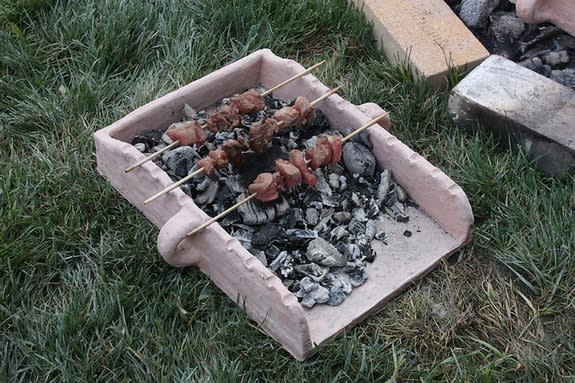Gene types that influence disease in people today were picked up through interbreeding with Neanderthals, a major study in Nature journal suggests.
They passed on variants involved in type 2 diabetes, Crohn's disease and - curiously - smoking addiction.
Genome studies reveal that our species (Homo sapiens) mated with Neanderthals after leaving Africa.
But it was previously unclear what this Neanderthal DNA did and whether there were any implications for human health.
Read the rest of this article...























